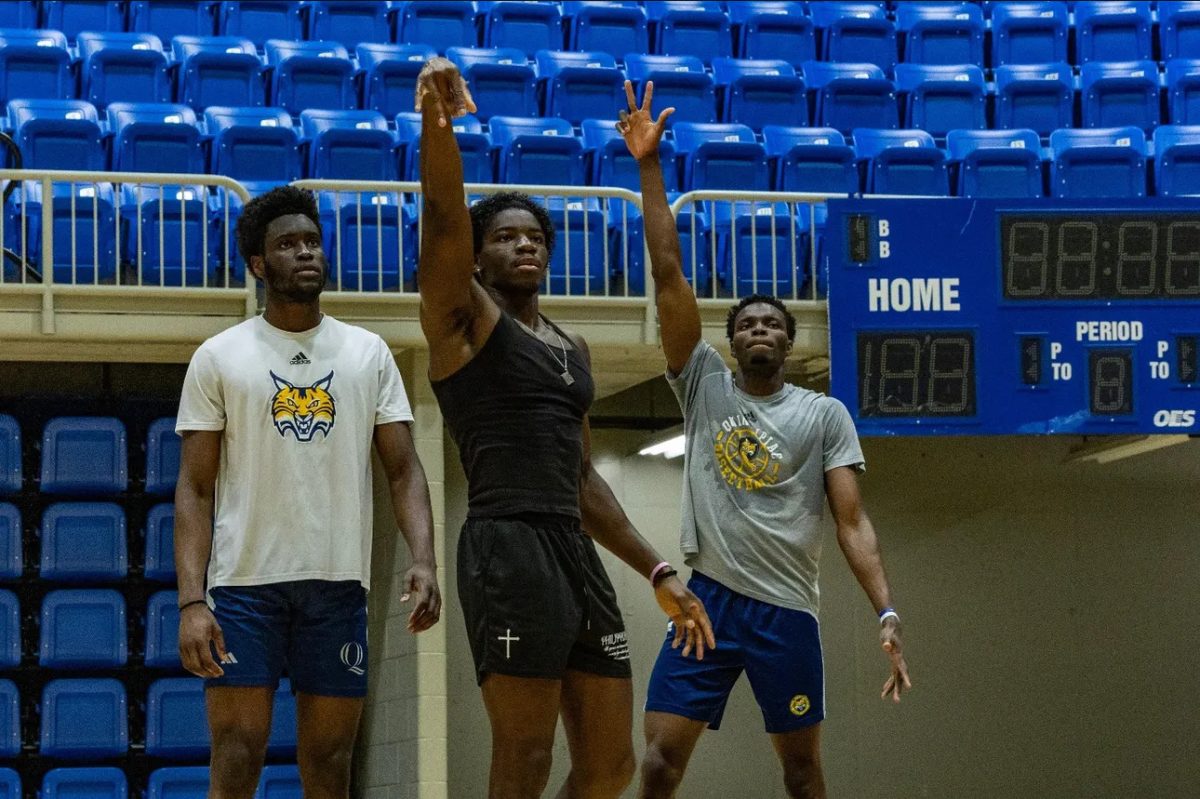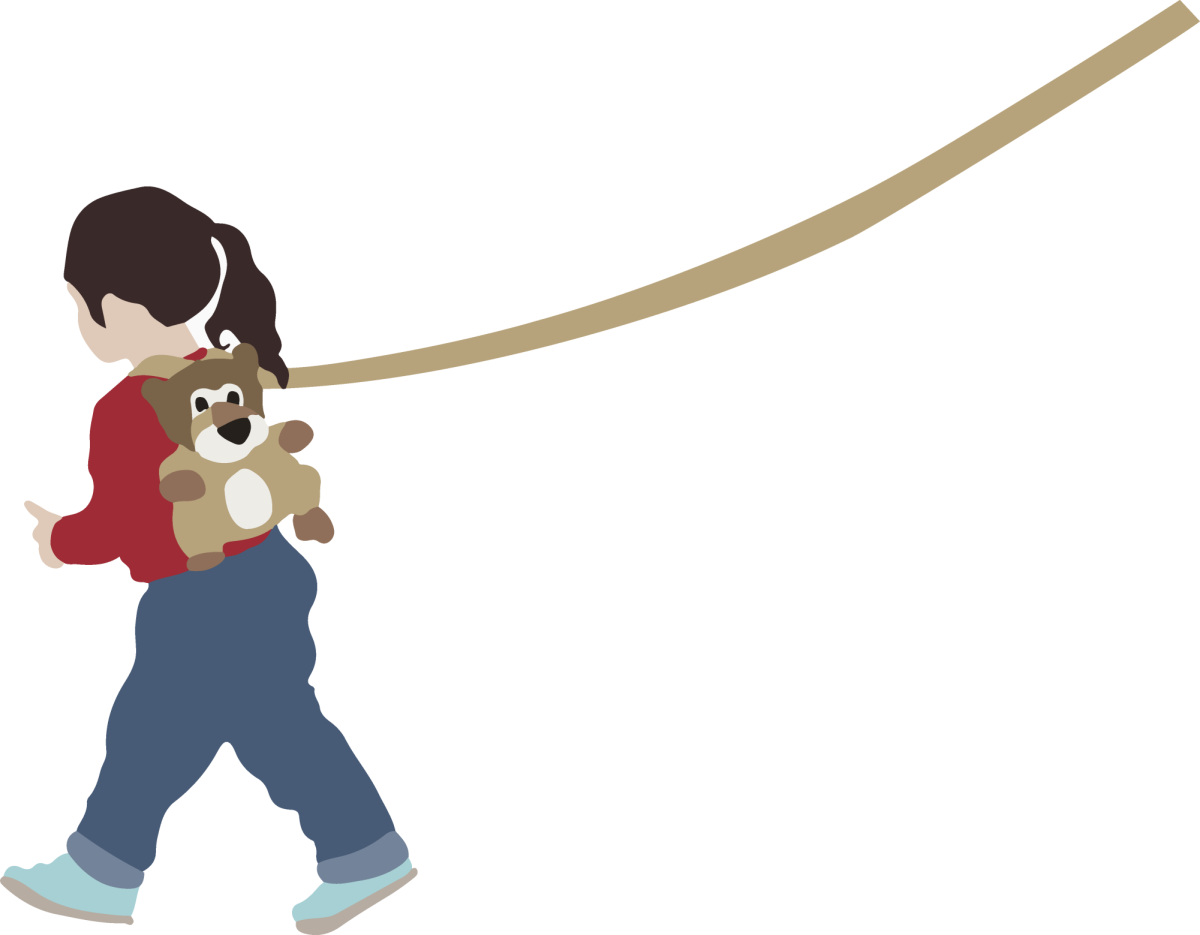SeaWorld is like a cockroach; no matter how hard people try to kill it, it just won’t die.
SeaWorld is a marine life theme park chain with four locations in Orlando, Florida, San Diego, San Antonio and Yas Island in Abu Dhabi. The parks combine animal performances with thrill rides and educational zoological displays. Innocent right?
Wrong. SeaWorld is a theme park, not an aquarium. SeaWorld’s purpose is to amuse, not preserve. According to Merriam-Webster, theme parks “are based on a central theme.” Its main theme, apparently, is the continued abuse of intelligent creatures for human enjoyment and subsequent cover-ups.
When you look up SeaWorld, nothing negative comes up. Most articles focus on the sheer size of the marine life parks and their many conservation/rescue efforts. I can only imagine that is why people still attend, because they don’t know any better.
However, once you do some light research, their animal abuse becomes obvious.
Orcas, sometimes called killer whales, are only kept in captivity in three locations across America. Can you guess what those three are?
To no one’s surprise, SeaWorld theme parks are the only place where orcas are held in captivity in the U.S.
As of July 2025, there are 17 orcas across the three parks, all of which have tragic origin stories. Some were captured from the wild, but many were bred in captivity. One such orca, named Corky, was captured off the coast of British Columbia in 1969, moved to SeaWorld in 1987 and has lived in captivity for 56 years.
All of these orcas have been deprived of the lives they deserve and instinctually desire. According to National Geographic, wild orcas swim an average of 40 miles per day, covering vast distances. For orcas in captivity, forced to circle cramped, concrete pools, that’s impossible. SeaWorld pools range from only 8 to 34 feet deep and are about 170 feet long.
To put that in perspective, the length of a bowling alley is nearly double the depth orcas can dive in SeaWorld’s deepest tank. The lack of space alone should be enough to prove these tanks are inhumane. To go from an entire ocean to a bathtub is simply unacceptable.
Orcas at SeaWorld live extremely uncomfortable and shortened lives. In the wild, orcas spend up to 95% of their time submerged in the depths of the ocean, but at SeaWorld, its tanks are too shallow to escape the sun’s rays, so they have perpetual sunburn.
All the adult male orcas at SeaWorld have collapsed dorsal fins. These occur for many reasons, including dehydration and overheating of fin tissue, stress due to captivity or diet, reduced activity or lack of space to swim and maintain the fin’s integrity.
A 2017 study in the journal “Archives of Oral Biology” found that a quarter of all orcas in captivity in the U.S. have severe tooth damage due to persistently grinding their teeth on tank walls, often until nerves are exposed. This behavior is not, obviously, observed in the wild, and is a clear sign of boredom and distress.
The average lifespan for wild male orcas is about 30 years old, while females typically live to about 50 years. Some females have been known to reach 90 in the wild, according to NOAA Fisheries. Of the 45+ orcas that have died at SeaWorld since 1961, the average age of death was around 14 years old. Many died before even reaching year one. Their lifespans are less than half of what they should be.
Just this past June, the youngest killer whale at SeaWorld in Texas died at only 11 years old after contracting an undisclosed illness. She should have made it to 50.
Orcas cannot thrive in captivity, period. They are intelligent, social animals meant to migrate vast distances, and being kept in artificial social groups in suffocating tanks with no stimulation leads to stress. Stress causes retaliation.
According to court records, SeaWorld has documented over 100 instances of their orcas being aggressive towards trainers between 1988 and 2000.
On Feb. 24, 2010, one orca named Tilikum (better known as Shamu), with a history of violence, grabbed his trainer, Dawn Brancheau, during one of their shows together and dragged her into the pool. He shook her, drowned her, scalped her, ripped off one of her arms and killed her, all while spectators watched.
There are four recorded cases of people being killed by orcas in captivity. In case you’re wondering, no orca has ever killed a human in the wild. Tilikum’s response was one of stress, and Brancheau’s resulting death could have been avoided.
In 2016, SeaWorld ended its orca breeding program, meaning those currently in captivity will be the last. That is a step in the right direction, but now those orcas will live the rest of their lives in SeaWorld’s depressing, concrete cages, despite having other options.
Seaside sanctuaries, like the one being created by The Whale Sanctuary Project, do exist. They are large netted enclosures in the ocean off the coast. They are semi-natural habitats which allow free movement of water, fish and wind. In the sanctuaries, orcas would be fed and receive veterinary care without having to perform tricks for entertainment or interact with the public.
The sanctuaries are around 100x larger than SeaWorld’s largest orca tank and allow the animals to experience real ocean conditions and interact with other marine life.
The company refused to consider seaside sanctuaries as an option, instead opting to keep their orcas performing until their untimely deaths.
SeaWorld claims it implements the highest standards of care. Holy airball.
It does not care about the well-being of its orcas. They should not even have them. It needs to move their orcas to sanctuaries, or, at the very least, massively upgrade their orcas’ tanks and stop running performances.
When rollercoasters exist in the same space as “rescue centers,” I cannot truly believe that animal welfare is at the heart of this company, and neither should you. When SeaWorld continues to make Instagram posts of their orcas ‘smiling’ and doing tricks for food, I cannot believe those creatures are being treated with respect.
Do research before putting money into the pockets of corrupt organizations. Understand that 99% of the time, if you can touch or ride an animal, it’s unethical. If you see an animal performing circus tricks, it’s unethical. If you see an Orca jumping onto the stage at SeaWorld with a floppy fin and rotten teeth, it’s unethical, even if you think the orca ‘looks happy.’
It is time, finally, for SeaWorld’s orca encounter to sleep with the fishes.
















